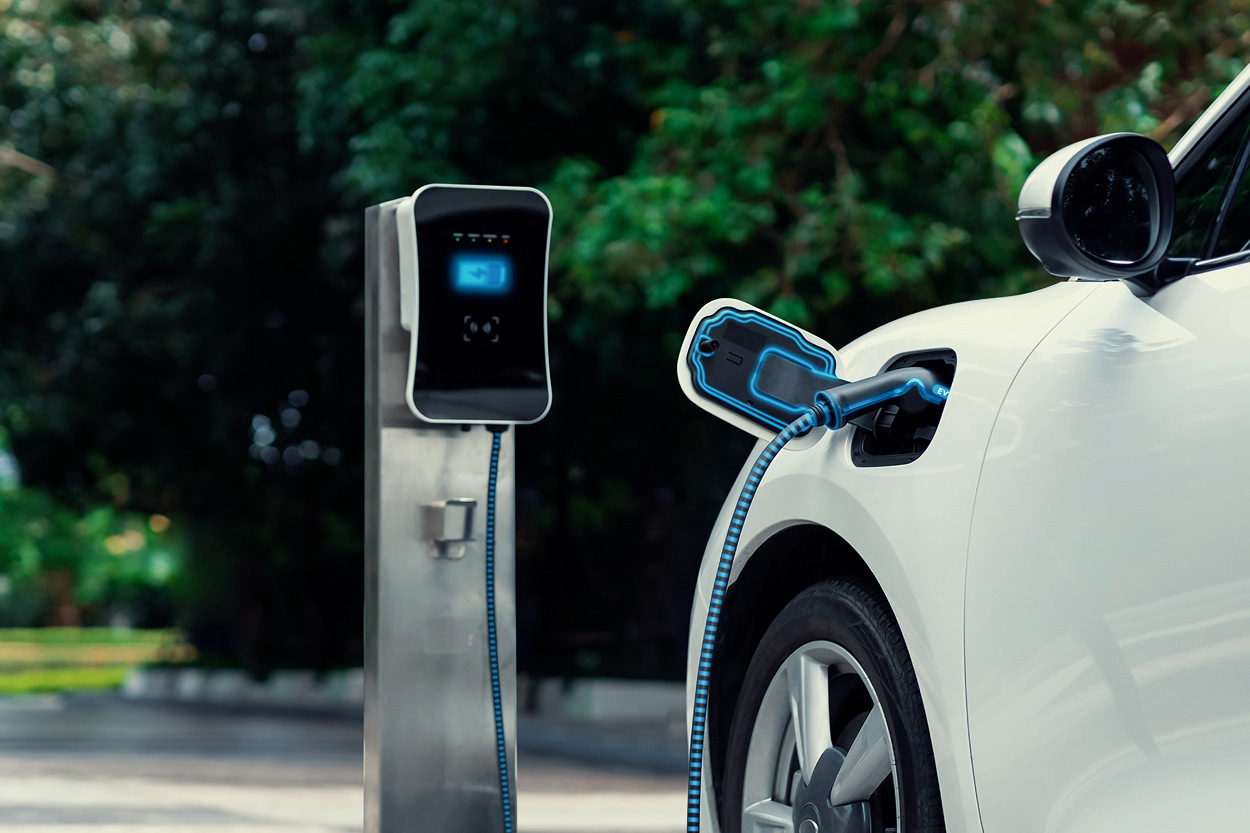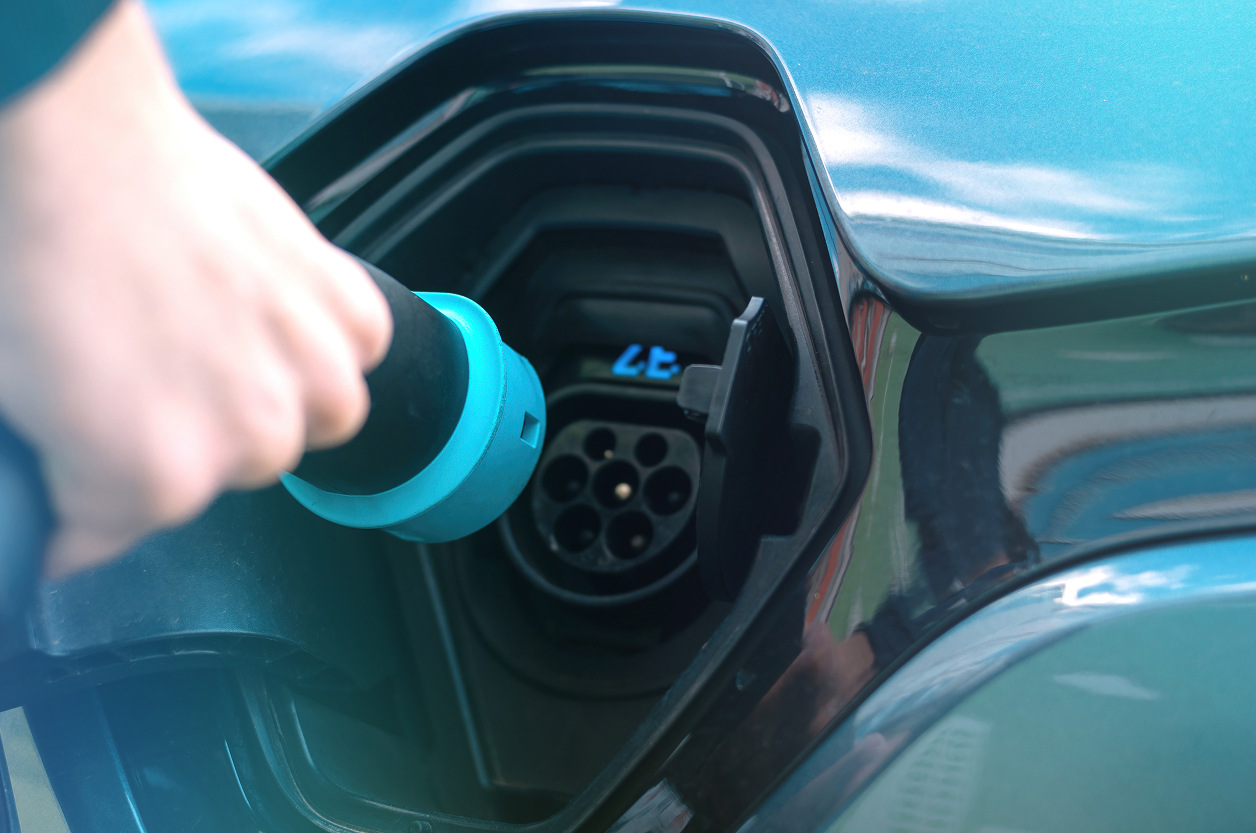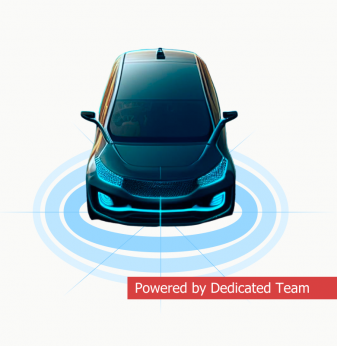AI-Powered Predictive Maintenance in Electric Vehicle Charging Infrastructure

The growing need for predictive maintenance in EV charging networks
As electric vehicles become mainstream, the charging infrastructure is scaling up at a rapid pace. From city-based fast-charging hubs to rural community stations, the availability and reliability of charging points are now critical to user adoption. However, unlike traditional fuel stations, EV chargers are complex electronic systems that must operate under diverse environmental conditions, often with high loads and minimal downtime for repairs.
In this environment, unexpected failures can quickly erode user trust. A broken charger doesn’t just inconvenience one driver—it can cause queues, missed schedules, and negative public perception of the entire network. This is why predictive maintenance, powered by AI, is emerging as a vital strategy for charging station operators and manufacturers. By identifying problems before they result in downtime, AI helps ensure that the infrastructure keeps pace with growing demand.
How AI transforms predictive maintenance for EV chargers
At its core, predictive maintenance is about collecting data, analyzing patterns, and predicting when a component or system is likely to fail. In the EV charging context, this includes monitoring both hardware and software: power electronics, cooling systems, connectors, payment terminals, and firmware performance.
AI enhances this process by learning from vast datasets collected across the network. Instead of relying solely on fixed thresholds or scheduled inspections, machine learning models can detect subtle anomalies—slight temperature rises, minor voltage fluctuations, or changes in charging speed—that precede failures.
For example, a charger might pass basic functional tests but show a slow upward drift in internal resistance during peak hours. Without AI, this could be dismissed as normal variation. With AI analytics, it becomes a flag for early intervention, potentially preventing a costly breakdown.
Real-world applications and benefits of AI-driven maintenance
In large metropolitan charging networks, predictive maintenance has already proven its value. One operator reported a 25% reduction in unplanned downtime after deploying AI-powered monitoring. This was achieved by automatically scheduling component replacements when performance degradation was detected, rather than waiting for complete failure.
In highway fast-charging corridors, where downtime can lead to significant revenue loss, AI-enabled systems have prevented incidents where faulty cooling fans in high-power chargers could have caused overheating and shutdown during peak travel days. By catching the problem early, technicians were dispatched proactively, avoiding service interruptions.
Even smaller community-based networks benefit. For example, rural charging stations often face unique challenges such as exposure to extreme temperatures or inconsistent power supply. AI models trained on local environmental data can adjust predictive algorithms to account for these variables, ensuring accurate maintenance scheduling.

Key questions decision-makers should consider
- How can historical charging data be leveraged to train AI models for failure prediction in specific environments?
- What is the optimal balance between predictive and preventive maintenance for EV charging stations?
- How can AI models be continuously updated to reflect new charger designs and evolving usage patterns?
- What integration challenges might arise when adding AI-powered monitoring to existing charging infrastructure?
- How can operators measure the return on investment from AI-driven predictive maintenance?
The future of AI in EV charging maintenance
As charging infrastructure continues to grow, the integration of AI into operational management will become standard rather than optional. Future systems will not only predict failures but also coordinate with inventory and logistics platforms, ensuring that replacement parts and technicians are available exactly when needed.
AI will also support adaptive maintenance—adjusting strategies in real time based on usage trends, weather forecasts, and grid conditions. For example, a charging station expecting a surge in use due to a local event could be pre-checked and optimized days in advance, reducing the risk of failure during peak demand.
Over time, the combination of predictive analytics, IoT-enabled sensors, and AI-driven decision-making will make EV charging networks more reliable, cost-efficient, and user-friendly. This will not only benefit drivers but also strengthen the case for widespread electric vehicle adoption, creating a positive feedback loop between infrastructure reliability and market growth.
Our Case Studies



































